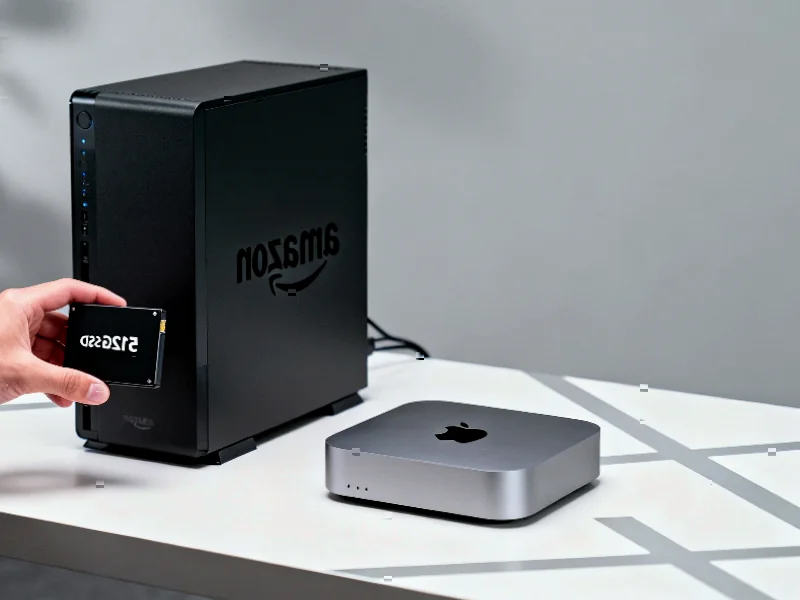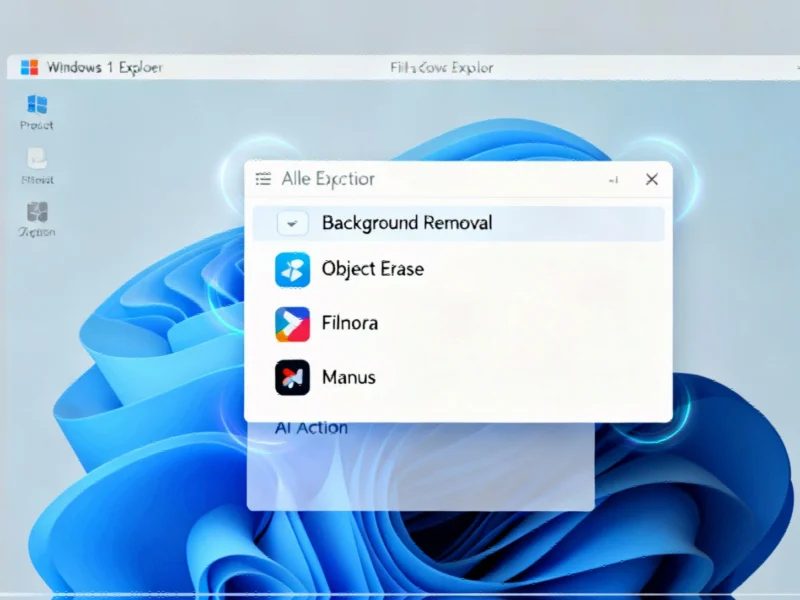Emergency Patch Deployed for Beta Program Participants
Google has swiftly responded to widespread bootloop issues in its Android 16 QPR2 Beta 3 release by deploying a targeted Beta 3.1 update. The emergency patch arrives less than a week after the problematic beta was pulled from distribution, specifically addressing the bootlooping that affected Pixel devices with the Desktop Experience developer toggle enabled. This rapid response highlights Google’s commitment to maintaining stability in its beta testing ecosystem while underscoring the inherent risks of early software adoption., according to emerging trends
Table of Contents
Selective Deployment Strategy
The new Beta 3.1 build demonstrates Google’s calculated approach to damage control. Unlike typical over-the-air updates that reach all compatible devices, this release is specifically designed for Pixel phones still running QPR2 Beta 2. For the Pixel 6 series, the update carries build number BP41.250916.010, while newer Pixel models receive build BP41.250916.010.A1. This selective deployment ensures that unaffected devices remain stable while providing a recovery path for those impacted by the previous beta’s instability., according to technology insights
Recovery Options for Affected Devices
Google has outlined multiple recovery strategies for users experiencing bootloop issues. The primary recommended solution leverages the A/B partition system inherent to modern Pixel devices. “Let the system recover itself back to Beta 2 after the system fails to boot a few times,” Google advises, relying on the device’s ability to automatically revert to the stable secondary partition when the primary partition repeatedly fails to boot., according to additional coverage
For cases where automatic recovery fails, Google provides alternative methods:, according to additional coverage
- ADB Sideloading: Users with previously enabled USB debugging can sideload Beta 3.1 using Android Debug Bridge tools
- Data Preservation: Both primary recovery methods maintain user data integrity during the restoration process
- Factory Reset: As a last resort, users can perform a factory wipe through recovery mode, though this results in data loss
Limited Scope of the Update
Notably absent from Beta 3.1 are any additional features or enhancements beyond the critical bootloop fix. Google has not published updated release notes for this version, indicating its singular focus on resolving the stability crisis. This approach prioritizes system reliability over feature development, a necessary compromise given the severity of the bootloop issue that rendered some devices temporarily unusable.
Looking Ahead to QPR3 and Stable Release
Industry observers anticipate Google may release an additional QPR3 beta build before the scheduled December stable release of Android 16. This incident serves as a reminder of the careful balance required in beta testing programs—providing early access while maintaining system stability. For enterprises and developers participating in Android beta programs, this episode underscores the importance of maintaining backup devices and implementing cautious update strategies in industrial computing environments., as detailed analysis
The rapid resolution demonstrates Google’s capability to address critical issues in its development pipeline, though the incident may prompt more conservative adoption of beta releases among business users who rely on Pixel devices for mission-critical operations.
Related Articles You May Find Interesting
- Brazilian Corporate Debt Faces Turbulence Amid Company-Specific Crises
- Beyond the Hype: How Unlikely AI is Tackling Enterprise AI’s Trust Deficit
- Stegra’s Financial Crisis Threatens Europe’s Green Steel Ambitions
- ‘Phased Out’ — Google Confirms Bad News For 3 Billion Chrome Users
- Microsoft Deploys Emergency Fix for Critical Windows 11 Recovery Environment USB
This article aggregates information from publicly available sources. All trademarks and copyrights belong to their respective owners.
Note: Featured image is for illustrative purposes only and does not represent any specific product, service, or entity mentioned in this article.



